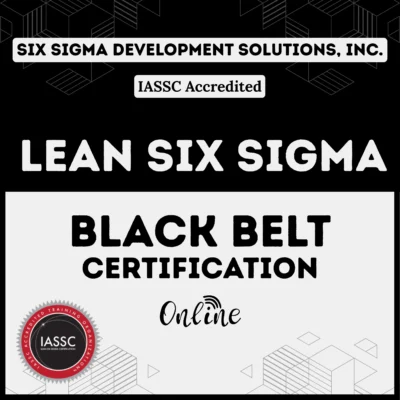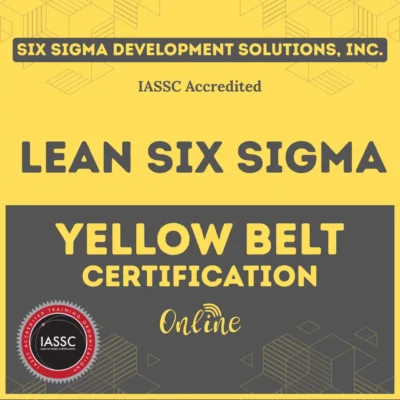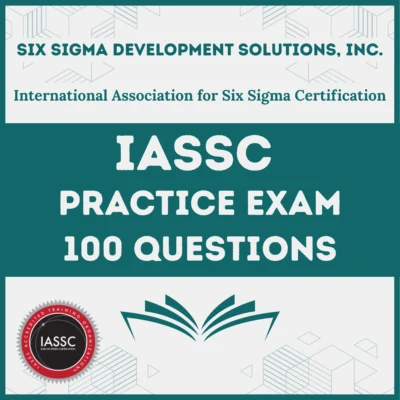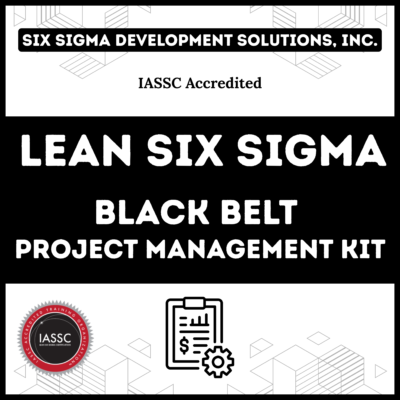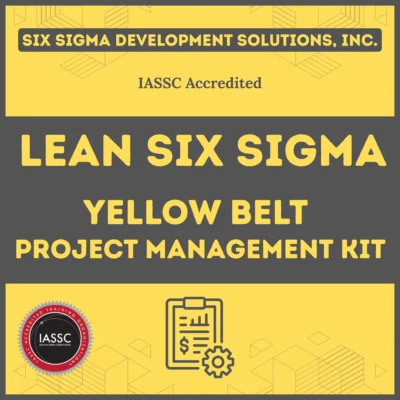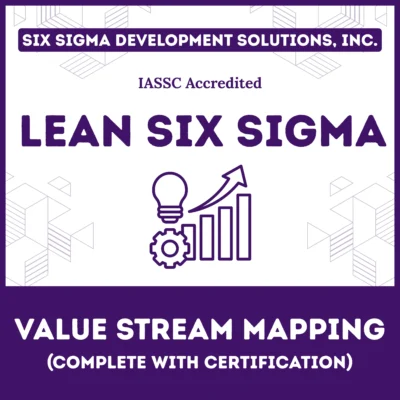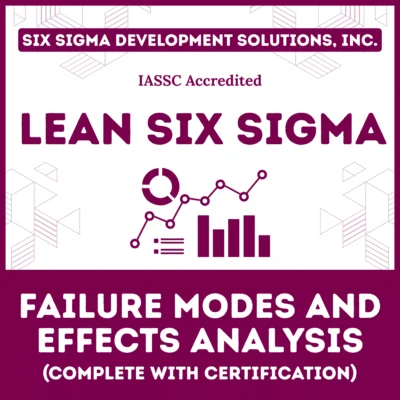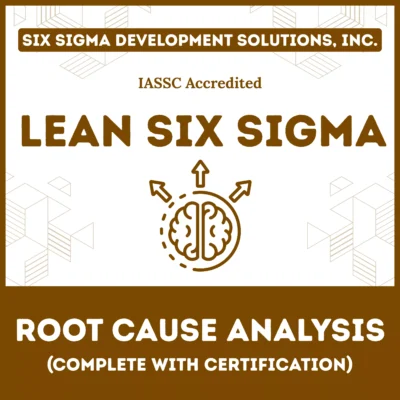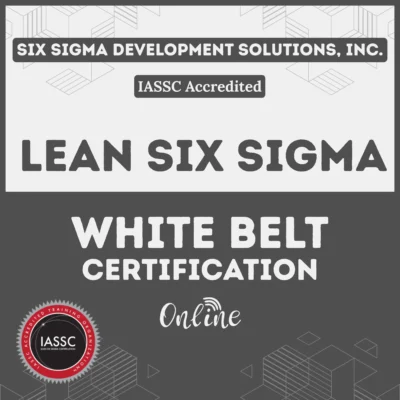Choosing the proper team for your Six Sigma project charter shapes the project’s direction, success, and value to the organization. This comprehensive guide covers every step, from understanding project charter fundamentals to advanced selection criteria, best practices, and actionable tips for creating a high-performing Six Sigma project team.
Table of contents
Understanding Six Sigma and Project Charters
A Six Sigma project charter is a vital two-page or more document that defines why the project matters, the problem to solve, scope, objectives, roles, and sequences of actions. Besides being a blueprint, it ensures alignment between business goals and the team’s capabilities.
Why the Team Matters?
The right team translates the project charter from concept into results. Their knowledge, collaboration, and problem-solving drive DMAIC (Define, Measure, Analyze, Improve, Control) or DMADV (Define, Measure, Analyze, Design, Verify) approaches, ensuring successful process improvements.
Public, Onsite, Virtual, and Online Six Sigma Certification Training!
- We are accredited by the IASSC.
- Live Public Training at 52 Sites.
- Live Virtual Training.
- Onsite Training (at your organization).
- Interactive Online (self-paced) training,
Key Elements of Six Sigma Project Teams
Core Roles and Responsibilities
| Role | Description |
| Project Champion | Owns the process, connects management to the team, drafts (preliminary) charter |
| Black Belt / Leader | Full-time or part-time expert; leads project execution and problem solving |
| Green Belt | Assists the leader, manages tasks, often part-time on project |
| Team Member / SME | Specialized subject matter experts; provide technical knowledge and day-to-day work |
| Master Black Belt | Provides advanced coaching, assists with complex tools and methods |
| Sponsor | High-level executive who removes barriers and allocates resources |
Every member should have a clearly documented role, responsibilities, and, if possible, Six Sigma credentials, except for some SMEs who may lack formal certification.
Also Read: What Does a Project Charter Do for Your Project?
How to Select the Right Team Members for Six Sigma Charter?
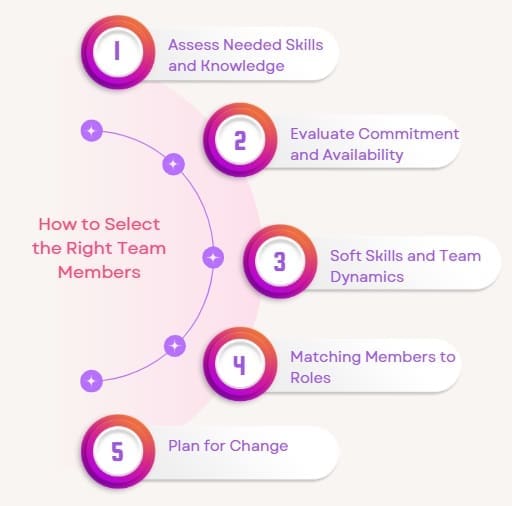
1. Assess Needed Skills and Knowledge
- Map project requirements against available in-house talent.
- Note special skills needed: statistical analysis, process mapping, data gathering, operations, finance, or IT.
- Prioritize Six Sigma certifications (Green Belt, Black Belt) for core roles, but don’t overlook SMEs who bring unique process knowledge.
2. Evaluate Commitment and Availability
Time is finite, and successful Six Sigma projects require significant commitment. Ensure:
- Team members’ managers approve their participation.
- Selected individuals can devote at least 20–30% of their work hours to the project.
3. Soft Skills and Team Dynamics
- Look for strong communicators who can share insights and listen well.
- Foster diversity in thinking styles and backgrounds to encourage innovation.
- Ensure candidates show motivation, reliability, and collaborative spirit—key soft skills in project success.
4. Matching Members to Roles
- Assign leaders with proven Six Sigma application experience.
- Pair leaders with motivated, reliable Green Belts and SMEs.
- Include a project Sponsor/Champion who believes in the project’s value and can advocate at the executive level.
5. Plan for Change
Document and communicate roles early, but revisit team composition as scopes evolve or skills gaps are discovered. The charter is a living document—refresh team members as necessary.
Best Practices for Team Selection
- Use a RACI matrix (Responsible, Accountable, Consulted, Informed) to document who does what.
- Create a communication plan to prevent misunderstandings.
- Review team structure against the needed scope: too many members can slow progress, too few can leave gaps.
- Blend functional experts and process outsiders—this balance brings depth and fresh perspective.
Criteria for Picking Team Members
| Selection Criteria | Why It Matters |
| Technical expertise | Directly ties skills to project needs |
| Availability & manager support | Enables time and priority for project tasks |
| Six Sigma training | Ensures understanding of project methodology |
| Communication skills | Drives better decision-making and collaboration |
| Track record of completing work | Offers reliability and focus on results |
| Passion for process improvement | Sustains engagement throughout the project cycle |
| Authority or influence in process | Helps remove roadblocks and speed up improvements |
| Diversity in skills and thinking | Results in more robust problem solving |
Select a mix for balanced perspectives and representation at critical project touchpoints.
Steps for Building Your Project Team for Six Sigma Charter
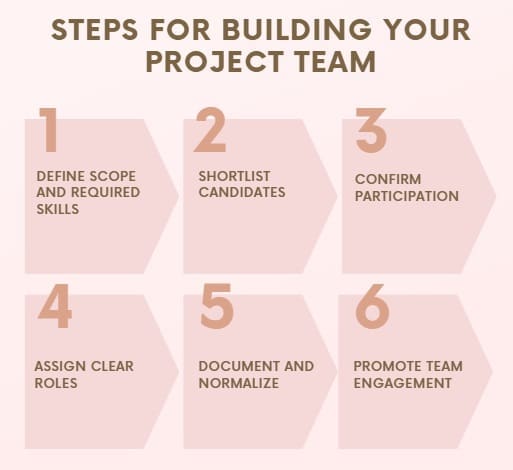
Step 1: Define Scope and Required Skills
Start with the charter’s scope and map every skill required, from technical process knowledge to data analysis.
Step 2: Shortlist Candidates
Consult with managers to identify individuals who fit your skill and commitment needs. Include those who have performed well in similar projects and show a genuine drive for improvement.
Step 3: Confirm Participation
Interview shortlisted members for availability, interest, and attitude. Their motivation is as crucial as their credentials.
Step 4: Assign Clear Roles
Match each member’s strengths to specific tasks or project phases. Use the RACI framework as a guide.
Step 5: Document and Normalize
Place all details—including names, responsibilities, and time commitments—into the charter. Share and ratify this with stakeholders and adjust as projects progress.
Step 6: Promote Team Engagement
Encourage regular feedback, open discussions, and upskilling. Sustained improvement culture is at the core of Six Sigma.
Also Read: Lean Six Sigma Project Charter
Advanced Tips: Elevating Team Selection
- Incorporate a blend of company veterans and new hires for process depth and innovation.
- Use analytical tools such as PICK charts (Possible, Implement, Challenge, Kill) to prioritize tasks and identify resource allocations.
- Regularly revisit team dynamics and address friction quickly—great dynamics drive quicker resolution and higher-quality solutions.
FAQs on Team selection for Six Sigma Charter
What are the most important roles on a Six Sigma project team?
Key roles include Project Champion, Black Belt/Green Belt leader, subject matter experts, and a process owner. The Champion ensures alignment to business goals.
Can SMEs without Six Sigma certifications be part of the team?
Yes, provided they fill critical technical or process knowledge gaps. Their expertise is invaluable, though Six Sigma training helps.
How many members should a Six Sigma project team have?
Teams typically range from 5 to 10 people. Enough for coverage but not so many that decision-making gets bogged down.
How do you keep team members engaged?
Clear communication of goals, regular feedback, recognition, and development opportunities help keep team members motivated and productive during long projects.
When should you change team members?
Swap in/out when project needs evolve, skills gaps appear, or participation flags. Revisit often; a project charter is a living document.
Final words
Recruiting the right Six Sigma project team is an intentional, iterative process. Start with a clear charter, define needs, and methodically vet, assign, and refresh your talent pool. By blending technical expertise, commitment, and collaboration, you can consistently deliver projects that drive measurable business improvement. Invest in team selection upfront for a smoother, more successful journey to operational excellence.

About Six Sigma Development Solutions, Inc.
Six Sigma Development Solutions, Inc. offers onsite, public, and virtual Lean Six Sigma certification training. We are an Accredited Training Organization by the IASSC (International Association of Six Sigma Certification). We offer Lean Six Sigma Green Belt, Black Belt, and Yellow Belt, as well as LEAN certifications.
Book a Call and Let us know how we can help meet your training needs.







